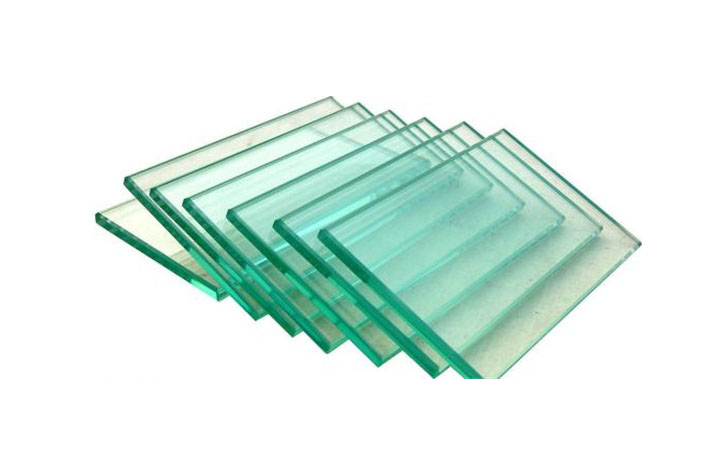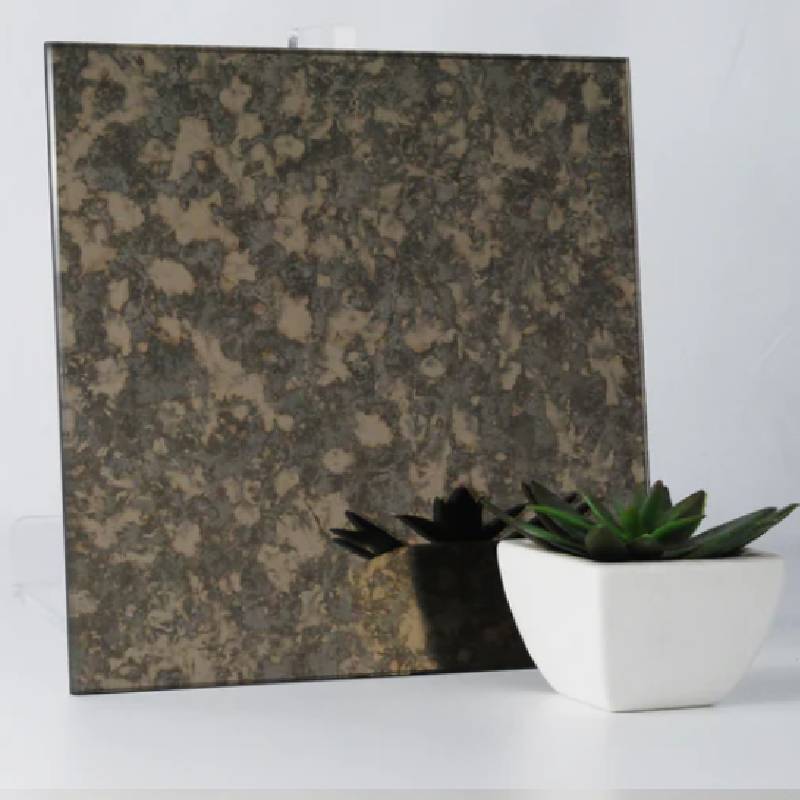Architectural curtain walls have revolutionized the building industry, providing elegant, versatile, and efficient solutions for modern structures. These walls are not just about aesthetics; they are a remarkable blend of art and science that protect buildings while enhancing their overall design. As an expert with extensive experience in this field, I provide a comprehensive look into the modern marvel that is the architectural curtain wall, delving into its benefits, construction techniques, and the factors that contribute to its growing popularity in urban environments.

Architectural curtain walls are non-structural outer coverings on buildings, serving as a protective and aesthetic façade. They offer a sleek and modern appearance that appeals to architects and designers alike, creating visually stunning edifices that stand out in urban landscapes. Unlike traditional walls, curtain walls do not bear any load from the building’s roof or floors; instead, they are designed to resist air and water infiltration, withstand wind forces, and provide thermal insulation. This non-load-bearing nature allows for extensive use of glass and aluminum, delivering both lightness and durability.
The construction of an architectural curtain wall is based on meticulous planning and precision engineering. A key aspect of their construction is the frame, typically composed of aluminum for its lightweight and corrosion-resistant properties. Attached to this frame are glass panels that grant expansive views and allow natural light to flood interior spaces, enhancing the building's aesthetic and energy efficiency. The assembly process requires skilled craftsmanship, as precision is vital to ensure that the system not only fits perfectly but also functions optimally. This blend of craft and technology reflects the expertise inherent in developing efficient curtain walls.

One of the primary advantages of architectural curtain walls is their remarkable energy efficiency. Modern curtain walls integrate advanced glazing technologies, such as low-emissivity coatings and thermal breaks, which significantly reduce the amount of heat loss or gain through the façade. This leads to improved energy conservation and reduced costs for heating and cooling. For businesses and property developers, opting for curtain walls can mean substantial savings on energy expenses over the building's lifetime, while simultaneously contributing to environmental sustainability.
The authority of architectural curtain walls lies in their ability to protect buildings from external environmental factors. They serve as a robust shield against weather elements, withstanding wind, rain, and even seismic activity. This durability contributes to their trustworthiness as a building solution, providing peace of mind for property owners and developers who prioritize the structural integrity of their investments. This protective quality does not compromise the walls' elegant appearance but rather complements their aesthetic charm.
architectural curtain wall
Curtain walls also offer unparalleled design flexibility. With an array of materials, colors, and finishes available, architects have the creative freedom to transform building exteriors and meet various design specifications. From sleek corporate headquarters to dynamic cultural centers, curtain walls provide the versatility needed to create iconic landmarks in metropolitan areas. This flexibility is not only limited to new constructions but extends to renovations, allowing for the modernization of older structures without compromising their original character.
In terms of sustainability, architectural curtain walls stand out as a forward-thinking solution. Many systems are designed with sustainability in mind, incorporating recyclable materials and facilitating sustainable building practices. By enhancing daylighting and reducing reliance on artificial lighting, these walls further help in minimizing a building's carbon footprint, aligning with global efforts towards greener urban environments.
The evolution of the architectural curtain wall continues to reflect advances in technology and material science, paving the way for future developments in building design. As cities grow and architectural trends evolve, curtain walls promise to remain at the forefront, shaping the skylines of tomorrow with both function and beauty.
In conclusion, architectural curtain walls are a testament to human ingenuity in building design, offering a harmonious blend of form and function. Their widespread use is credited to their energy efficiency, durability, and aesthetic appeal, underscoring their significance in contemporary architecture. For stakeholders in the construction industry, incorporating curtain walls into buildings not only enhances their stature but also positions them as leaders in innovation and sustainability.
 Afrikaans
Afrikaans  Albanian
Albanian  Amharic
Amharic  Arabic
Arabic  Armenian
Armenian  Azerbaijani
Azerbaijani  Basque
Basque  Belarusian
Belarusian  Bengali
Bengali  Bosnian
Bosnian  Bulgarian
Bulgarian  Catalan
Catalan  Cebuano
Cebuano  Corsican
Corsican  Croatian
Croatian  Czech
Czech  Danish
Danish  Dutch
Dutch  English
English  Esperanto
Esperanto  Estonian
Estonian  Finnish
Finnish  French
French  Frisian
Frisian  Galician
Galician  Georgian
Georgian  German
German  Greek
Greek  Gujarati
Gujarati  Haitian Creole
Haitian Creole  hausa
hausa  hawaiian
hawaiian  Hebrew
Hebrew  Hindi
Hindi  Miao
Miao  Hungarian
Hungarian  Icelandic
Icelandic  igbo
igbo  Indonesian
Indonesian  irish
irish  Italian
Italian  Japanese
Japanese  Javanese
Javanese  Kannada
Kannada  kazakh
kazakh  Khmer
Khmer  Rwandese
Rwandese  Korean
Korean  Kurdish
Kurdish  Kyrgyz
Kyrgyz  Lao
Lao  Latin
Latin  Latvian
Latvian  Lithuanian
Lithuanian  Luxembourgish
Luxembourgish  Macedonian
Macedonian  Malgashi
Malgashi  Malay
Malay  Malayalam
Malayalam  Maltese
Maltese  Maori
Maori  Marathi
Marathi  Mongolian
Mongolian  Myanmar
Myanmar  Nepali
Nepali  Norwegian
Norwegian  Norwegian
Norwegian  Occitan
Occitan  Pashto
Pashto  Persian
Persian  Polish
Polish  Portuguese
Portuguese  Punjabi
Punjabi  Romanian
Romanian  Russian
Russian  Samoan
Samoan  Scottish Gaelic
Scottish Gaelic  Serbian
Serbian  Sesotho
Sesotho  Shona
Shona  Sindhi
Sindhi  Sinhala
Sinhala  Slovak
Slovak  Slovenian
Slovenian  Somali
Somali  Spanish
Spanish  Sundanese
Sundanese  Swahili
Swahili  Swedish
Swedish  Tagalog
Tagalog  Tajik
Tajik  Tamil
Tamil  Tatar
Tatar  Telugu
Telugu  Thai
Thai  Turkish
Turkish  Turkmen
Turkmen  Ukrainian
Ukrainian  Urdu
Urdu  Uighur
Uighur  Uzbek
Uzbek  Vietnamese
Vietnamese  Welsh
Welsh  Bantu
Bantu  Yiddish
Yiddish  Yoruba
Yoruba  Zulu
Zulu 


